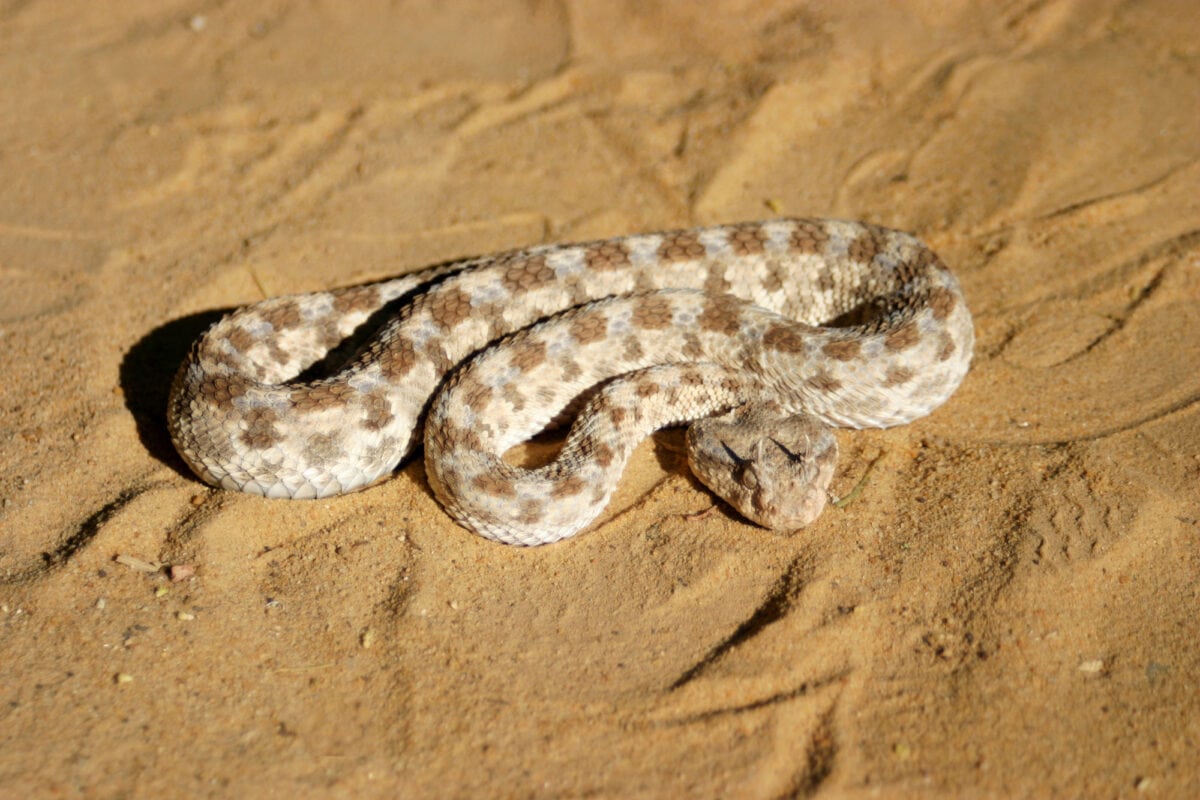I never would’ve thought that I would ever see a snake getting a tennis ball massaged out of its throat. Quite the surprising video, but so intriguing I couldn’t look away. Let’s slither in and find out more.
The Rarity of the Situation
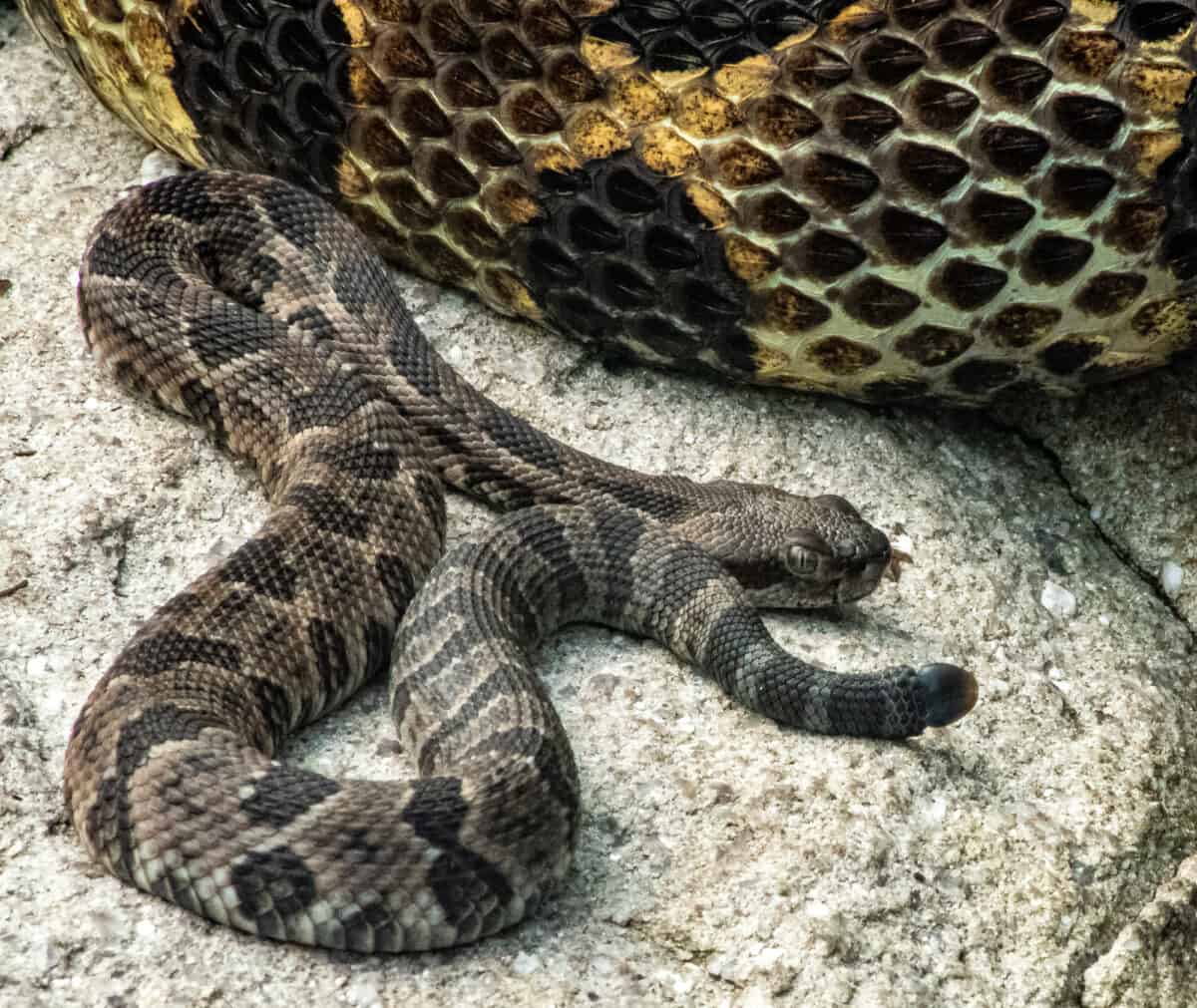
Fortunately, this would never actually happen in the wild, as there are no tennis balls lying around to tempt a snake. However, I am sure that occasionally they do swallow things by accident that are not necessarily meant to be eaten by snakes.
The Anatomy of Snakes

Snakes have mandibles that move independently of each other, slowly inching the prey into the throat. They have a long esophagus, which has many internal folds compared to other reptiles. Because of this, it allows them to swallow large prey whole. Then peristaltic movement takes place, slowly moving the food down the esophagus toward the stomach. This is a j-shaped organ in snakes, where most of the digestion occurs. Unfortunately, a tennis ball won’t be digestible for a snake…
The Heroic Vet
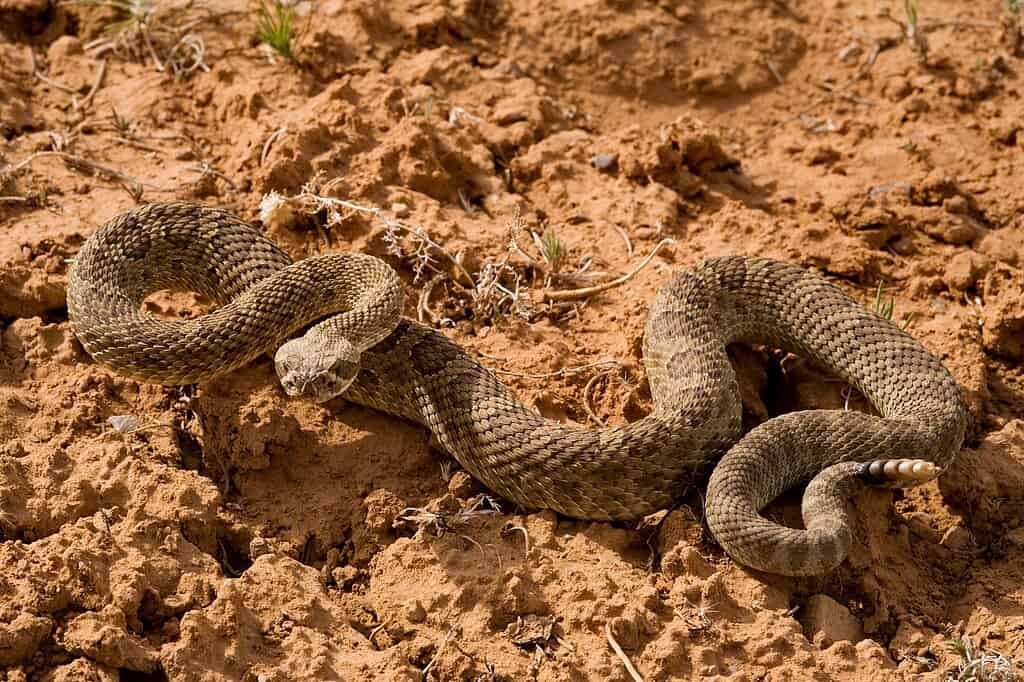
Luckily there was a trained vet nearby that could tackle this situation hands on. Realising the snake had swallowed the tennis ball by accident, the vet was able to massage the tennis ball back up the snake’s esophagus and out through the mouth. Thus, saving the snake from a LOT of uncomfortability.
Watch for Yourself
To Properly Care for a Pet Snake
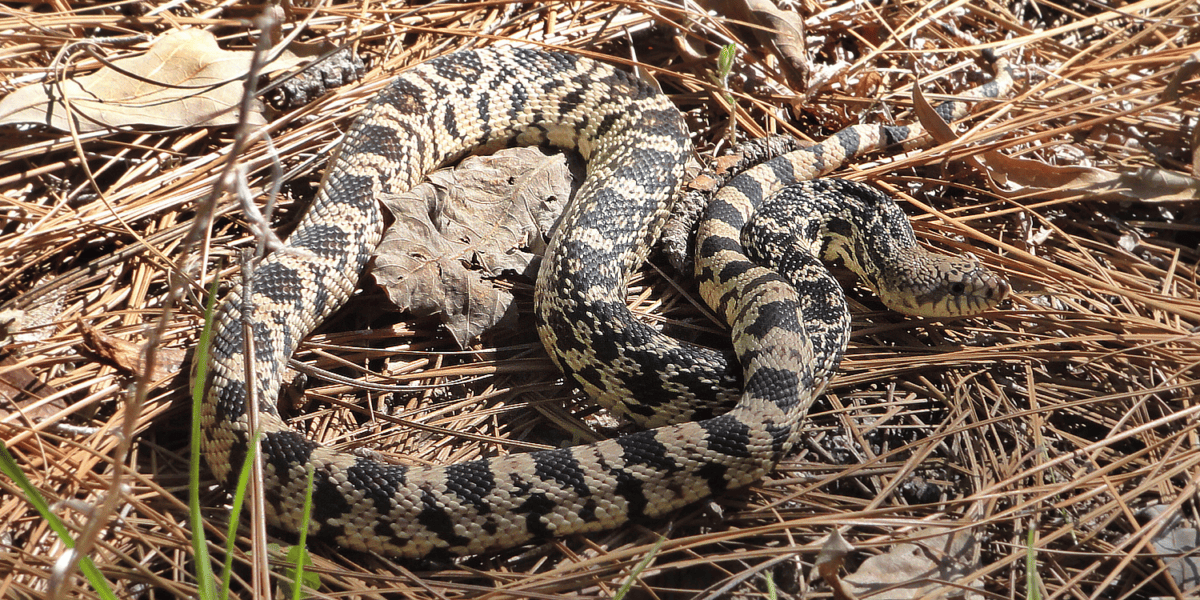
- Habitat Setup: Provide a suitable enclosure with proper temperature gradients, hiding spots, and a secure lid to prevent escape.
- Feeding: Feed your snake an appropriate diet of thawed rodents or other prey, depending on its size and species, ensuring proper nutrition and portion size.
- Hydration: Provide a clean water source in a shallow dish, refreshed regularly to maintain hydration.
- Handling: Handle your snake gently and confidently, minimizing stress by supporting its body properly and avoiding sudden movements.
- Health Monitoring: Regularly monitor your snake for signs of illness or injury, such as changes in appetite, behavior, or appearance, and seek veterinary care if needed.
Wrapping Up with a Snake Tennis Ball Massaged Out of Throat
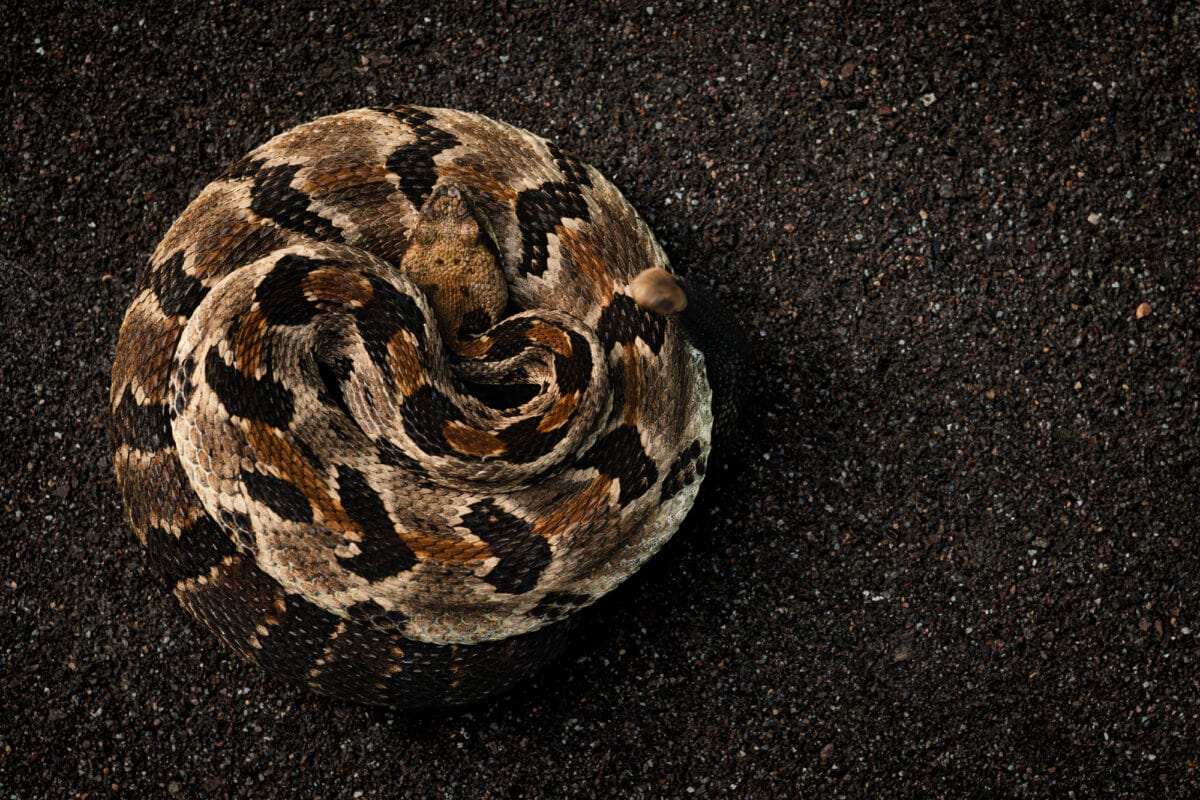
If you have a pet snake, you should really put emphasis on proper care and keeping an eye on your beloved when not contained. We can also take a moment to really be grateful for our local veterinarians, always ready to lend a helping hand and aiding our favourite pets.
Thank you for following along with this article –
Next up in the animal kingdom:
- Golden Retriever Saves Baby Deer From Drowning - May 6, 2024
- Chimp Washes Visitors Hands, Uses Them To Drink And Thanks Him For It - May 6, 2024
- Adorable Dog Buries And Has Funeral For Turtle - May 6, 2024

